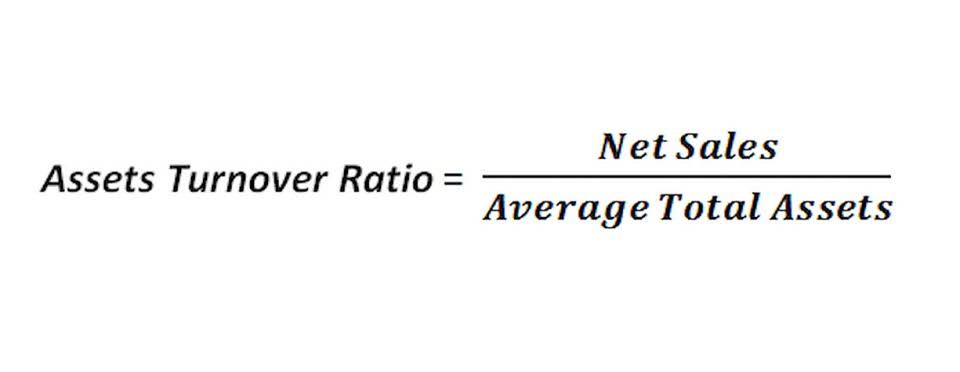What Is Posting In Accounting? Rules, Types Of Ledger Posting

This system also simplifies the process of reconciling accounts, as any discrepancies can be quickly identified and corrected. Moreover, the double-entry system supports the generation of detailed financial reports, which are essential for decision-making and strategic planning. As business transactions occur during the year, they are recorded by the bookkeeper with journal entries.
What is the Process from Journal to Ledger in Posting?
By posting these CARES Act entries to their respective ledgers, accountants can maintain a clear and detailed record of all financial activities. This categorization is not just for internal clarity but also for compliance with accounting standards and regulations. The procedure of transferring an entry from a journal to a ledger account is known as posting. In contrast to the two-sided T-account, the three-column ledger card format has columns for debit, credit, balance, and item description. The three-column form ledger card has the advantage of showing the balance of the account after each item has been posted.

How does the accounting cycle help businesses track their financial performance?
- Keep in mind that accrual accounting requires the matching of revenues with expenses so both must be booked at the time of sale.
- The eight-step accounting cycle is important to know for all types of bookkeepers.
- Modifications for accrual accounting versus cash accounting are often one major concern.
- The Balance column in the General Ledger is used to keep a running balance in each account.
- Explore the critical role of accurate and timely posting in modern accounting, from ledgers to automation, ensuring financial integrity.
- Accruing tax liabilities in accounting involves recognizing and recording taxes that a company owes but has not yet paid.
Subledgers are only used when there is a large volume of transaction activity in a certain accounting area, such as inventory, accounts payable, or sales. For low-volume transaction situations, entries are made directly into the general ledger, so there are no subledgers and therefore no need for posting. The main difference between the accounting cycle and the budget cycle is that the accounting cycle compiles and evaluates transactions after they have occurred. The budget cycle is an estimation of revenue and expenses over a specified period of time in the future and has not yet occurred. A budget cycle can use past accounting statements to help forecast revenues and expenses. At the end of the accounting period, a trial balance is calculated as the fourth step in the accounting cycle.

What Does Post Reference (Post Ref.) in the Journal and Ledger Mean?
He has been the CFO or controller of both small and medium sized companies and has run small businesses of his own. He has been a manager posting in accounting and an auditor with Deloitte, a big 4 accountancy firm, and holds a degree from Loughborough University. While each entry in the ledger is different general rules of posting apply in most cases.

Posting to the General Ledger
- An understanding of all phases of the accounting cycle is essential.
- He is known for his pragmatic approach to fiscal policy and governance.
- Using tools like QuickBooks helps avoid errors and meets high standards.
- The unadjusted trial balance is then carried forward to the fifth step for testing and analysis.
- The double-entry bookkeeping system aims to prevent mistakes through a balanced method.
- Financial reporting’s integrity is crucial for corporate trust and responsibility.
Subsidiary ledgers also help in identifying discrepancies and ensuring that the general ledger remains accurate and up-to-date. Ledgers serve as the backbone of the accounting system, acting as the repository where all financial transactions are systematically recorded. They provide a structured way to organize financial data, ensuring that every transaction is accurately reflected in the company’s financial statements.
Cash Flow Statement
Our goal is to deliver the most understandable and comprehensive explanations of financial topics using simple writing complemented by helpful graphics and animation videos. At Finance Strategists, we partner with financial experts to ensure the accuracy of our financial content. The articles and research support materials available on this site are educational and are not intended to be investment or tax advice. All such information is provided solely for convenience purposes only and all users thereof should be guided accordingly.
For example, recording a capital expenditure as an operating expense can distort financial statements and mislead stakeholders. To correct this, accountants must review the transaction details and reclassify the entry to the appropriate account, ensuring that the financial data accurately reflects the nature of the transaction. Timely posting is paramount in maintaining the accuracy and reliability of financial records. Delays in posting can lead to a cascade of issues, including inaccurate financial statements and difficulties in account reconciliation. For instance, if revenue transactions are not posted promptly, the financial statements may not reflect the true financial position of the company, potentially misleading stakeholders and decision-makers.

Understanding the 8-Step Accounting Cycle
It is very helpful and useful in large organizations, as keeping track of the balance becomes very easy. Also, with the posing in a ledger, the arithmetic accuracy of the accounts can be verified, and the balances can be analyzed thoroughly to maintain the proper and accurate records. The balance sheet of the previous year is the basis of making opening en- tries of the subsequent year.
Closing entries are passed to close the income and expense accounts at the end of the accounting period. The accounting cycle starts with the analysis of the transactions of the business in question. In this step, transactions are analyzed to identify the nature of accounts involved in the transaction. Posting refers to the process of transferring an entry from a journal to a ledger account. This process has to be done to every single entry in https://www.bookstime.com/ the general journal. As you can imagine, this would be a full time job trying to post every entry manually.

